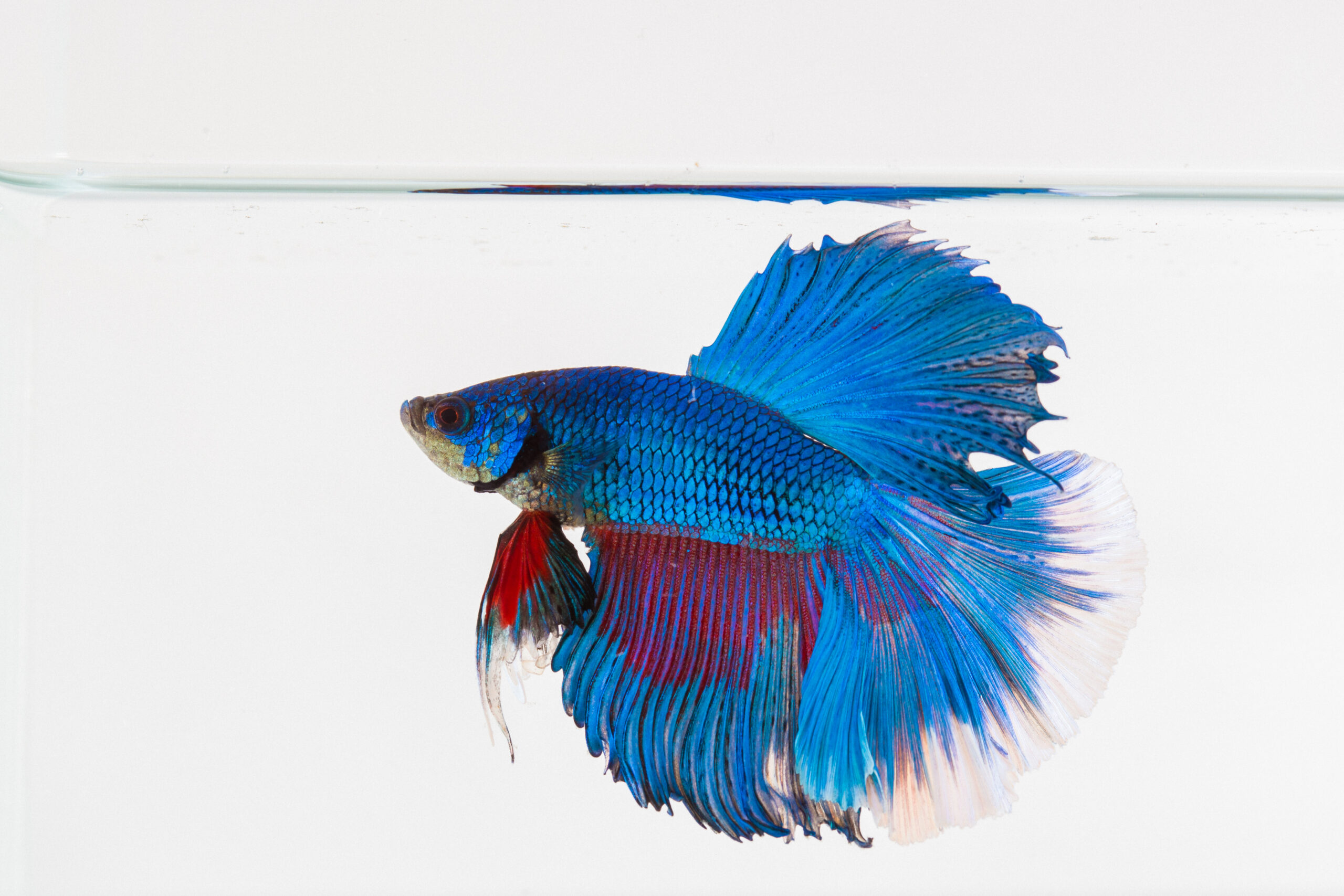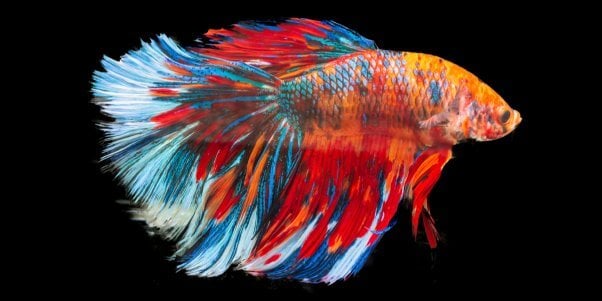Common Betta Fish Conditions and How to stop Them
Wiki Article
Just How to Reproduce Betta Fish Effectively: Professional Strategies and Insights for Hobbyists Looking to Broaden Their Betta Collection
Breeding Betta fish requires a nuanced understanding of genes and ecological conditions, making it crucial for enthusiasts to approach the procedure with both persistance and care. Developing an ideal reproduction environment, choosing the ideal sets, and observing the ins and outs of their courtship behaviors are fundamental actions that can substantially impact the end result. The subsequent treatment of the fry is crucial for guaranteeing their healthy and balanced development. As we check out these crucial components, it ends up being clear that effective breeding is not nearly the first pairing but includes a more comprehensive technique that values careful factor to consider.Comprehending Betta Fish Genetics
Comprehending the genes of Betta fish is essential for effective reproduction, as it affects traits such as color, fin shape, and behavior. Betta fish exhibit a diverse array of colors and patterns, largely determined by their genetic makeup. The primary genes responsible for pigmentation consist of the "B" genetics for blue, "D" genetics for red, and the "C" genetics for color strength. Breeders can control these attributes by picking details moms and dad fish that display preferred attributes.Along with coloration, fin morphology is another substantial element of Betta genes (betta fish). The sizes and shape of fins are affected by different genes, consisting of those that figure out whether the fins are short, long, or veil-shaped. Recognizing these hereditary variations aids dog breeders predict the phenotypic end results of their children
Furthermore, behavioral attributes such as aggressiveness and territoriality can also be affected by genetics. These actions play an important role in the reproducing process, as they can influence generating success and the total character of the resulting fry. By adequately recognizing these hereditary principles, dog breeders can make educated decisions, eventually improving their reproduction programs and attaining desirable outcomes.
Preparing the Reproduction Environment
Developing an optimal breeding setting is crucial for the successful reproduction of Betta fish. The first action in preparing this environment is to choose a suitable reproduction tank, ideally varying from 5 to 10 gallons. This size permits enough swimming area and the establishment of regions. The tank must be equipped with a heating unit to keep a stable temperature in between 78 ° F and 80 ° F, which is essential for urging generating behavior.Following, take into consideration using a sponge filter or an air stone to supply mild water flow without developing solid currents that can worry the fish. It is important to set up plants or reproducing cones to offer hiding spots and promote comfort for the woman during the spawning procedure. Drifting plants, such as Java moss or water sprite, can additionally develop an extra native environment check these guys out while assisting in bubble nest structure by the man.
Prior to introducing the reproducing sets, ensure the water is conditioned and devoid of dangerous chemicals, such as chlorine or hefty metals. betta fish. Regular water changes must be carried out to preserve optimal water high quality, improving the chances of effective breeding. With these prep work in location, the reproducing environment will certainly sustain the health and wellness and health of both Betta fish
Picking Reproduction Pairs
Choosing the best breeding sets is critical for attaining effective Betta fish reproduction. When choosing your reproduction sets, think about several key variables consisting of health and wellness, temperament, and genes. Healthy Betta fish exhibit vivid shades, clear eyes, and active actions. Choosing fish that are totally free from disease makes certain a far better possibility of producing feasible children.Personality is one more essential factor to consider, as Betta fish are understood for their aggressive nature. It is a good idea to select a man and female that show compatible personalities to minimize stress and anxiety during the reproducing process. A tranquil male can motivate a smoother courtship, while a female that is as well hostile may interrupt the procedure.
Genetic history also plays a substantial role in the high quality of the spawn. Reproducing fish that are genetically diverse can lower the risk of genetic wellness issues and improve the total vigor of the fry. It is helpful to research the lineage of both the man and lady, focusing on preferable traits important link such as fin type, shade patterns, and dimension.
The Reproduction Process
The breeding procedure of Betta fish calls for careful planning and focus to information to guarantee an effective outcome. It is essential to prepare a suitable breeding tank, ideally a 5-10 gallon aquarium with a temperature kept at 78-80 ° F. The container should be geared up with a heating system, filter (preferably sponge type to avoid solid currents), and plenty of marine plants for the female to conceal.As soon as the setting is established, present the selected reproducing pair to the tank, enabling them to accustom. Observe their behavior; the man will certainly display sophisticated courtship routines, including flaring his fins and developing a bubble nest. If the woman shows interest, she will present upright red stripes suggesting preparedness for spawning.
When the lady is responsive, the set will engage in a breeding embrace, throughout which the male feeds the eggs. Maintaining optimum water conditions throughout this period is essential for the growth of healthy Betta fry.
Caring for Betta Fry

Feeding Betta fry is crucial, as they need a diet plan high in healthy protein. Initially, they can be fed infusoria or liquid fry food, transitioning to finely crushed top notch pellets as they expand. Feed tiny sections multiple times a day to encourage healthy growth without overloading the tank with uneaten food.

As they develop, monitor their development closely and separate any hostile individuals to stop harm. By giving a nurturing setting and proper nourishment, hobbyists can efficiently increase Betta fry right into dynamic, healthy and balanced fish, ultimately improving their reproduction endeavors.
Verdict
Effective Betta fish reproduction needs careful attention to genetic option, environmental conditions, and care for the fry. By recognizing the genes of Betta fish and preparing a proper reproduction setting, hobbyists can improve the chances of producing vibrant, healthy offspring.Report this wiki page